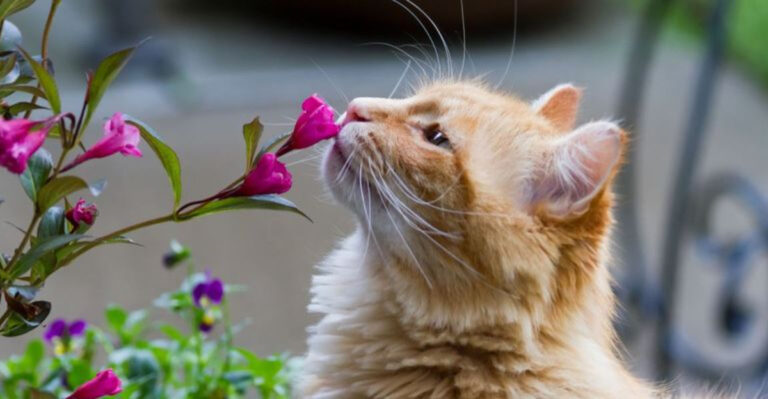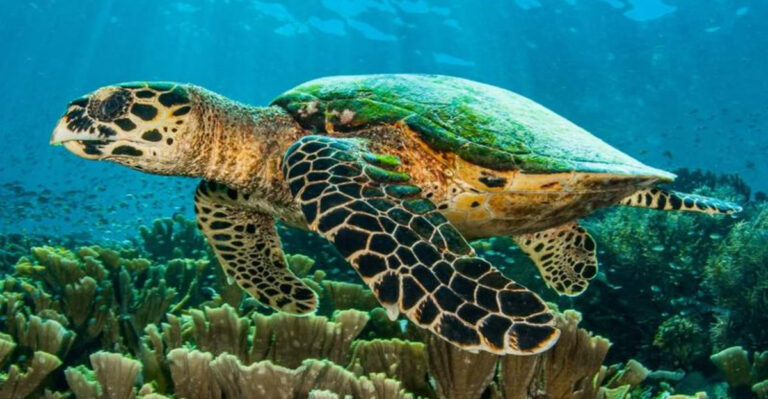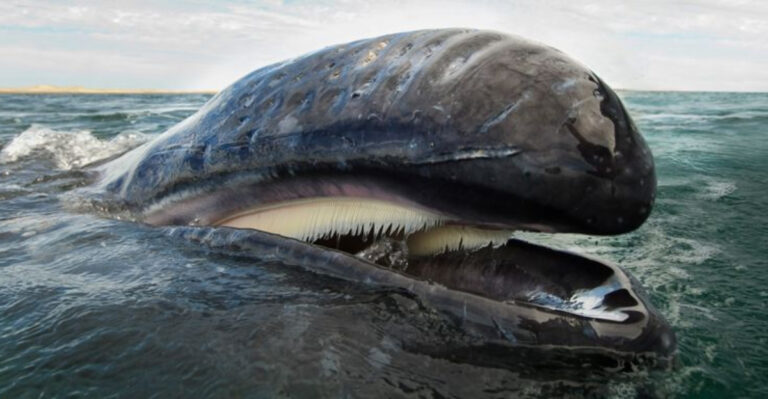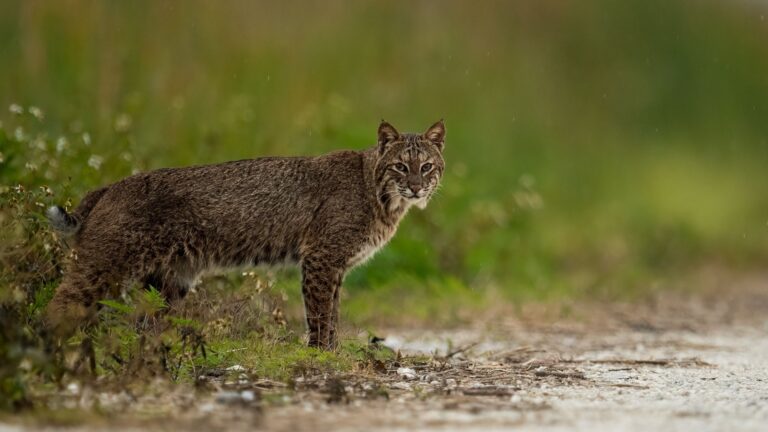14 Reptiles So Rare They’re Prized Worldwide
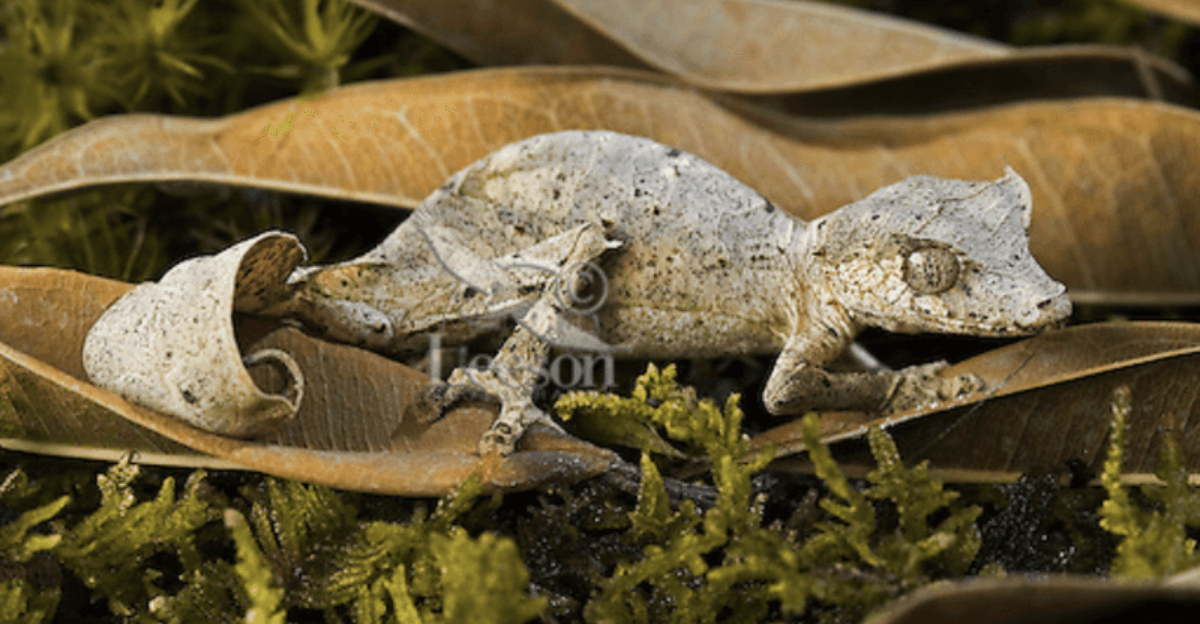
In the captivating world of reptiles, some rare species have sparked the fascination of collectors and enthusiasts worldwide.
These elusive creatures, often residing in remote or dwindling habitats, stand out not only for their rarity but also for their striking looks and intriguing behaviors.
1. Egyptian Tortoise
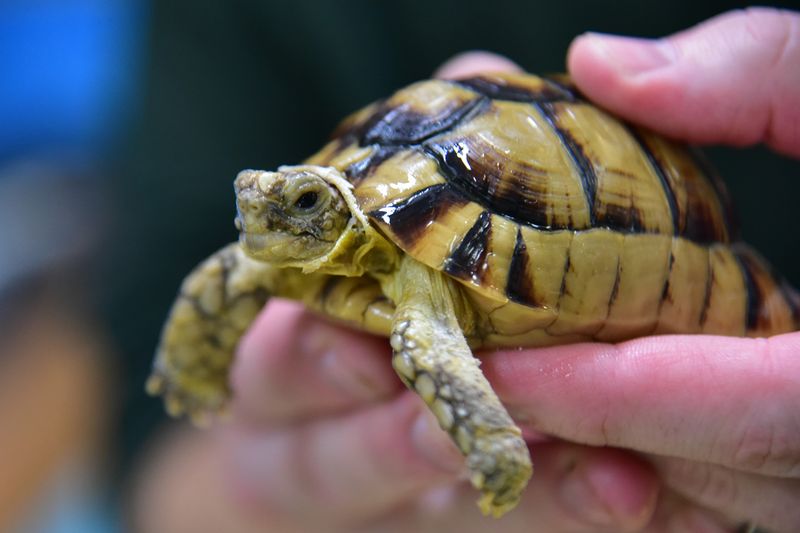
The Egyptian Tortoise is one of the smallest tortoises, residing in the arid regions of North Africa. Its pale, sandy-colored shell provides camouflage in the desert landscape.
This species faces threats from habitat loss and the pet trade. Conservation programs focus on breeding and reintroduction to bolster wild populations, highlighting the delicate balance required for desert ecosystems.
2. Ploughshare Tortoise
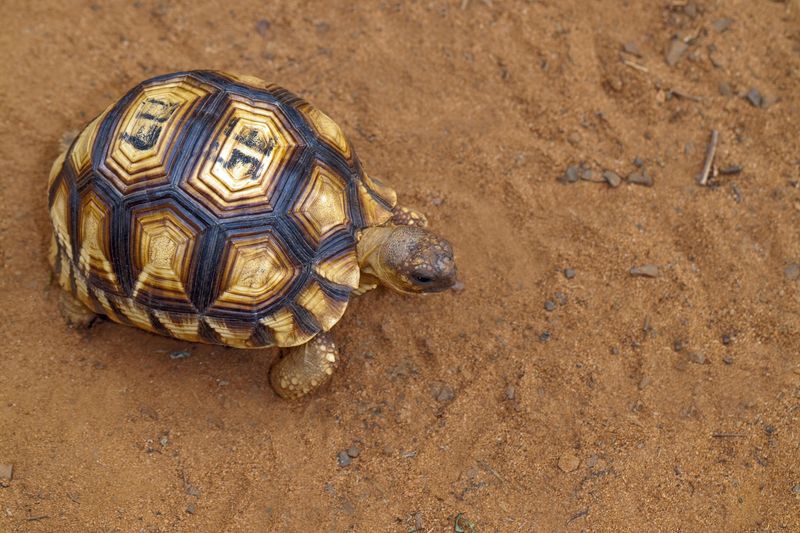
The Ploughshare Tortoise, also known as the Angonoka, is critically endangered and can only be found in Madagascar’s Baly Bay.
Its golden-hued shell makes it a target for illegal wildlife traders, causing its population to plummet. A slow-moving species, it feeds on grasses and fruits in the wild but is now facing a race against time for survival.
Conservationists are working tirelessly with breeding programs and anti-poaching efforts to protect this rare tortoise. Despite these efforts, the demand for exotic pets still threatens their future.
3. Chinese Alligator
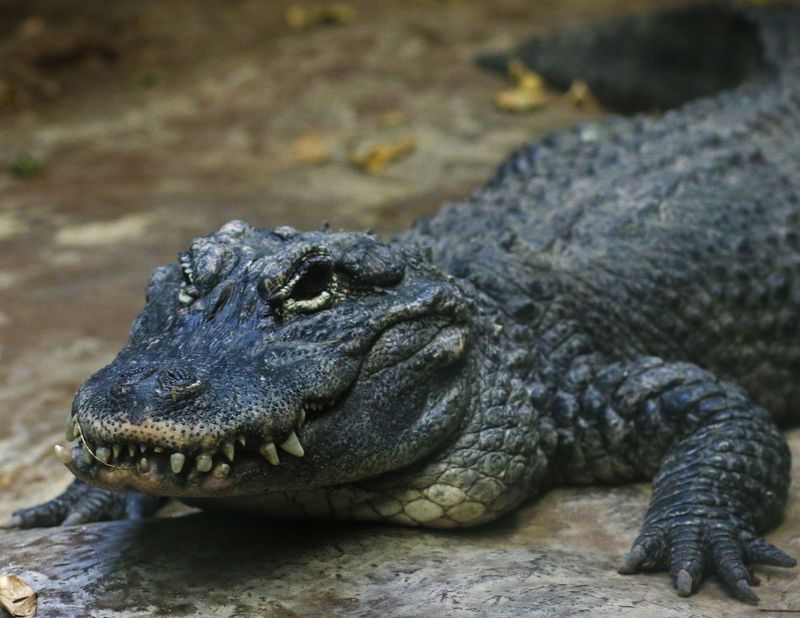
The Chinese Alligator is one of the world’s most endangered species, with fewer than 200 left in the wild.
Native to the Yangtze River valley, it thrives in slow-moving freshwater habitats that are quickly disappearing.
This small alligator, usually under 7 feet, is nocturnal and feeds on fish and small animals, moving quietly in its environment.
Despite these efforts, the Chinese Alligator is still highly sought after by exotic pet collectors, putting more pressure on its survival.
4. Komodo Dragon
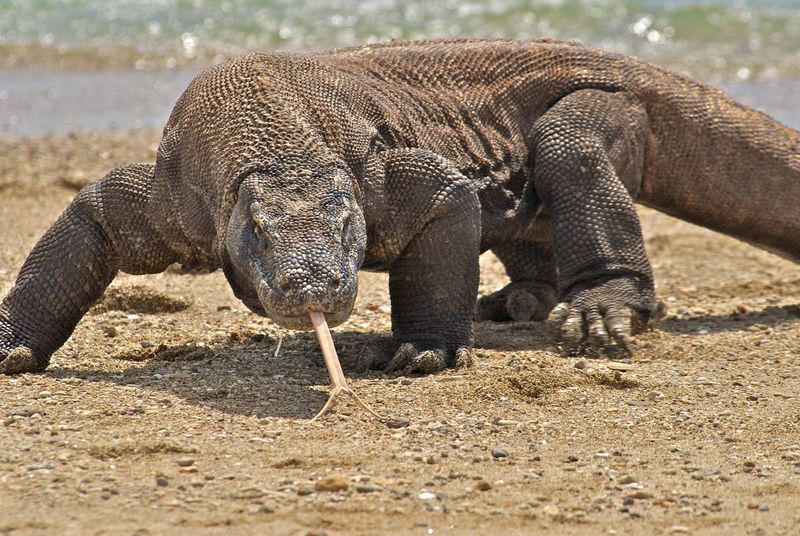
The Komodo Dragon, the largest living lizard, hails from Indonesia’s Lesser Sunda Islands, where it can grow up to 10 feet and weigh over 150 pounds.
With their long forked tongues and excellent sense of smell, these fearsome predators can track prey from miles away.
Despite their power, Komodo Dragons are at risk due to their limited range and habitat loss.
However, environmental changes continue to threaten their survival, making them a key focus for conservationists.
5. Mary River Turtle
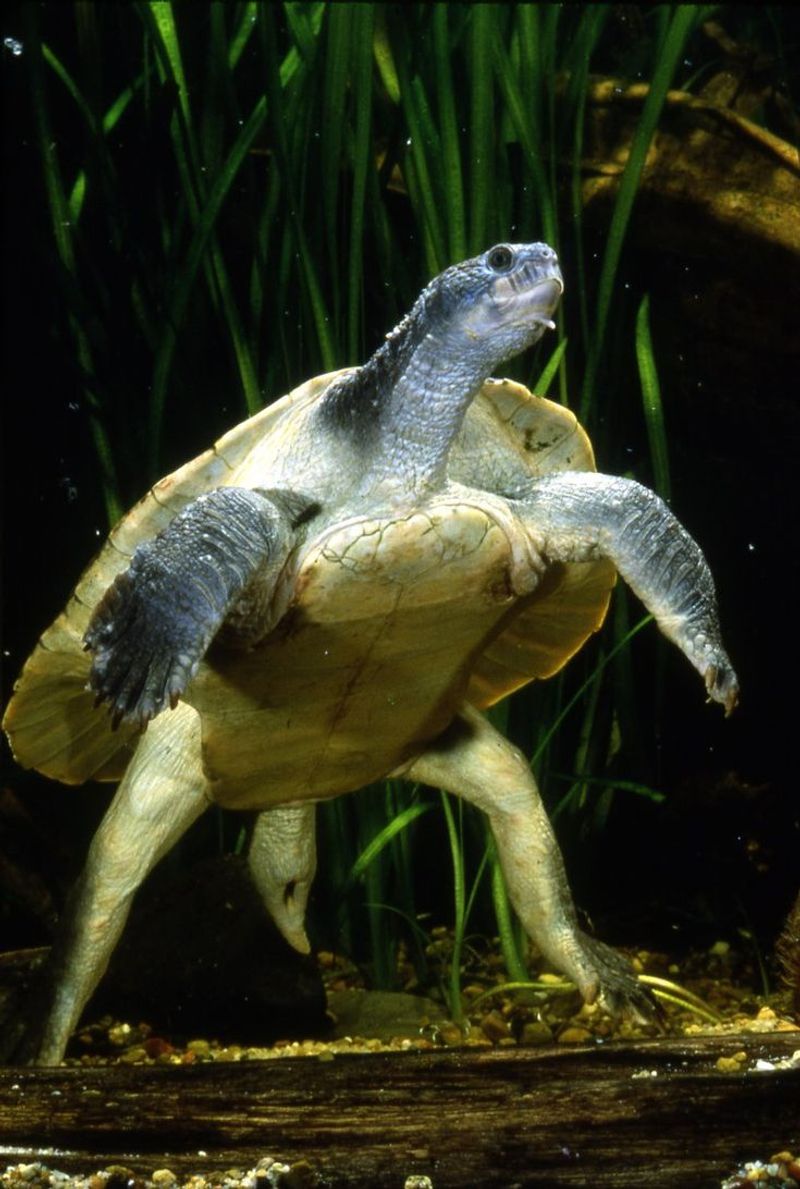
The Mary River Turtle from Australia is a unique reptile famous for its green-haired look, caused by algae growing on its head and shell.
Once a popular pet in the ’60s and ’70s, this turtle is now critically endangered.
Found in southeastern Queensland, it’s known for its calm nature and its fascinating ability to breathe through specialized glands near its tail.
Sadly, habitat destruction and egg predation have caused a steep population decline.
Conservation efforts, including habitat protection and nest monitoring, are underway, but its rarity and distinct appearance continue to fuel demand among collectors, highlighting the need for urgent conservation action.
6. Gharial
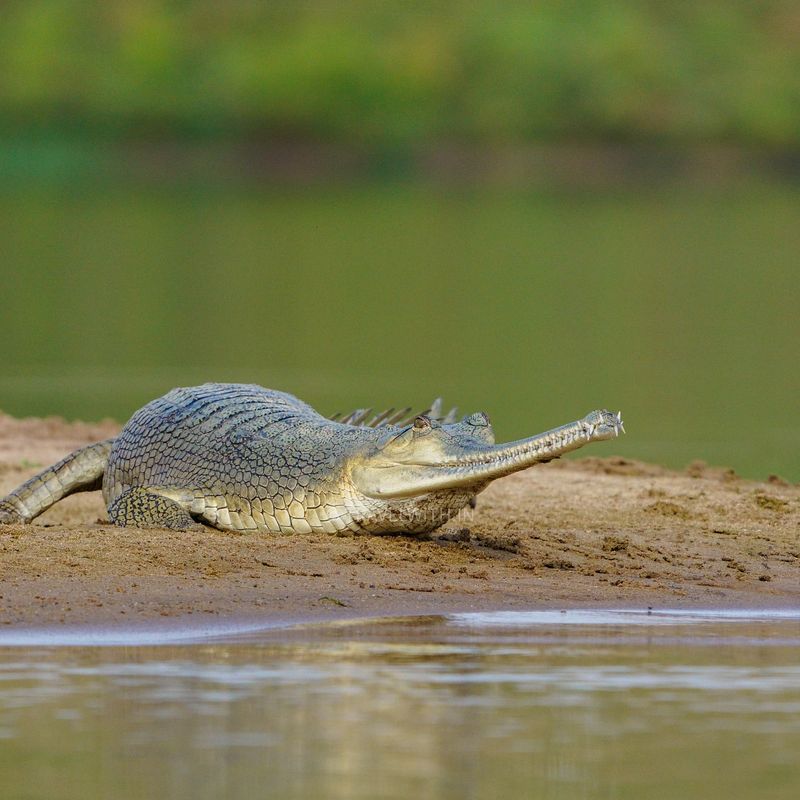
The Gharial, known for its long, slender snout, is one of the most unique crocodilian species. Found primarily in rivers across the Indian subcontinent, it feeds mostly on fish.
Sadly, the Gharial is critically endangered due to habitat loss, pollution, and entanglement in fishing nets.
Conservation efforts focus on creating protected areas and breeding programs to stabilize their dwindling population.
Ongoing awareness campaigns and research aim to highlight the Gharial’s role in maintaining healthy river ecosystems and better understand its needs, making it a priority for conservationists around the globe.
7. Blue Iguana
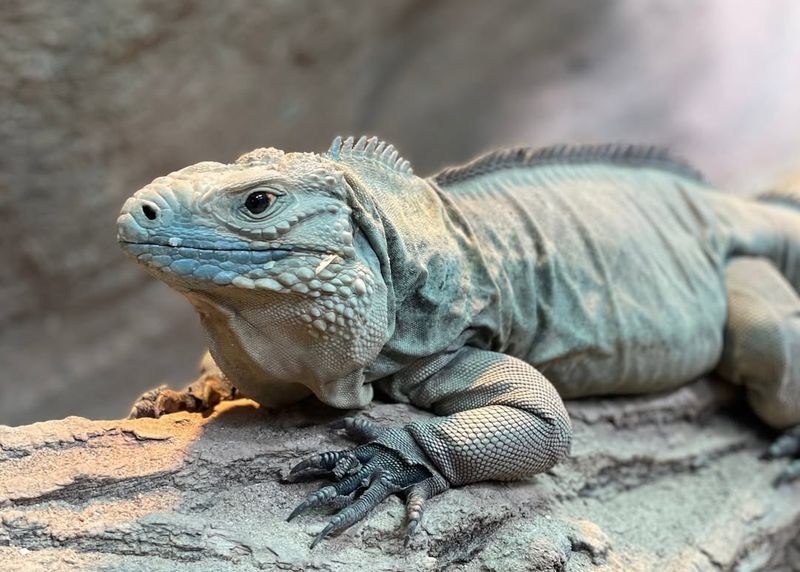
Native to Grand Cayman, the Blue Iguana is a stunning reptile with vibrant blue skin. Once on the brink of extinction, this species has become a symbol of successful conservation efforts.
In the wild, they thrive in dry forests and rocky areas, feeding on fruits and flowers.
Habitat destruction and invasive species once posed serious threats to their survival, but thanks to intensive breeding and restoration programs, their numbers are steadily rising.
Ongoing habitat protection and public education are key to securing their future, making the Blue Iguana a beacon of hope for wildlife conservation.
8. Saint Lucia Racer
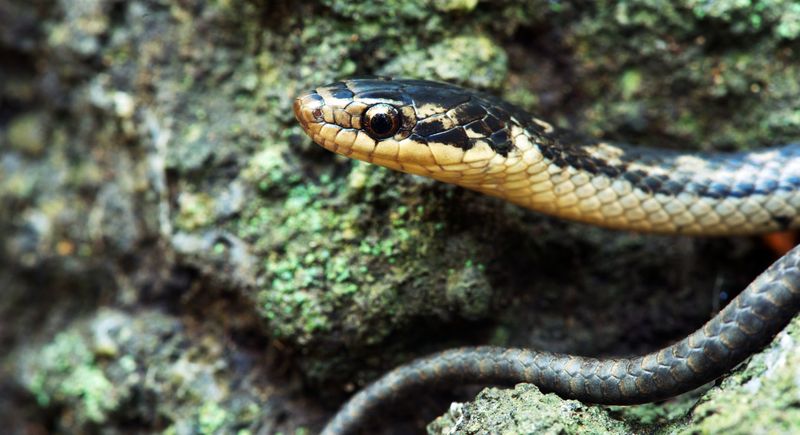
The Saint Lucia Racer is likely the world’s rarest snake, with only a handful left on the Maria Islands. This non-venomous snake is critically endangered, primarily due to invasive species disrupting its habitat.
Preferring to stay hidden under rocks and leaves, it hunts small lizards and insects. Conservationists are working hard to remove predators like rats and mongooses to give the Racer a better chance.
Despite these efforts, its rarity makes it highly sought after by collectors, meaning continued conservation action is crucial for its survival.
9. Leaf-Tailed Gecko
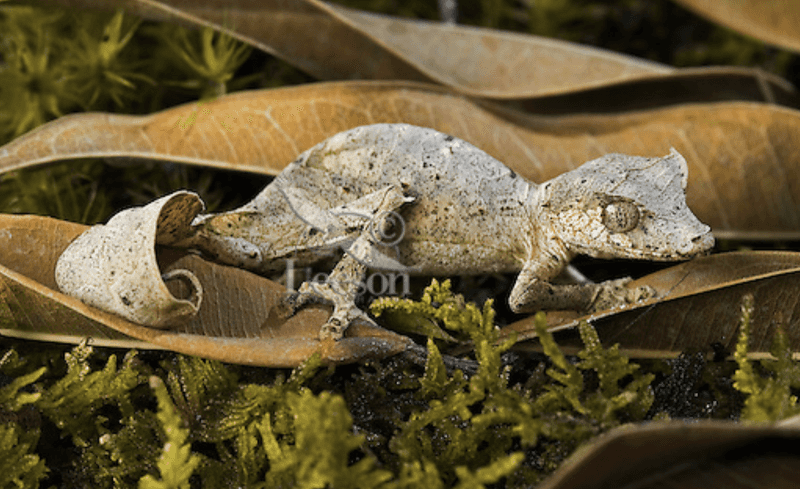
The Leaf-Tailed Gecko, native to Madagascar, is a true master of disguise, blending perfectly with its surroundings thanks to its leafy appendages and bark-like skin.
Nocturnal by nature, it primarily feeds on insects, using its camouflage to sneak up on prey. Unfortunately, deforestation and illegal collection have significantly reduced its numbers in the wild.
Conservation efforts, including habitat protection and captive breeding programs, aim to help the population recover.
The Leaf-Tailed Gecko’s unique look and adaptability highlight the critical need to preserve Madagascar’s diverse ecosystems.
10. Radiated Tortoise
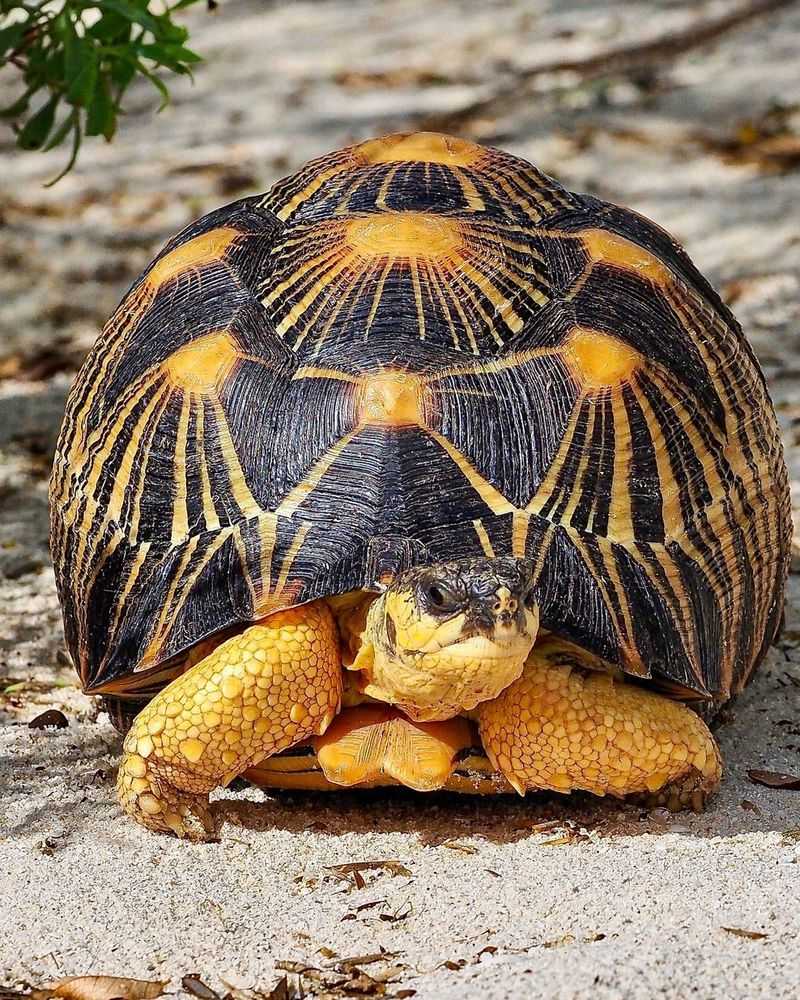
Native to southern Madagascar, the Radiated Tortoise is famous for its striking star-like shell patterns. Sadly, it is critically endangered, mainly due to habitat loss and illegal poaching for the exotic pet trade.
These tortoises thrive in dry forests, grazing on grasses and fruits. Conservation efforts focus on protecting their habitats and enforcing anti-poaching measures.
Public education is essential to reduce demand for these beautiful creatures, ensuring they remain a vital part of Madagascar’s unique ecosystem.
11. Arakan Forest Turtle
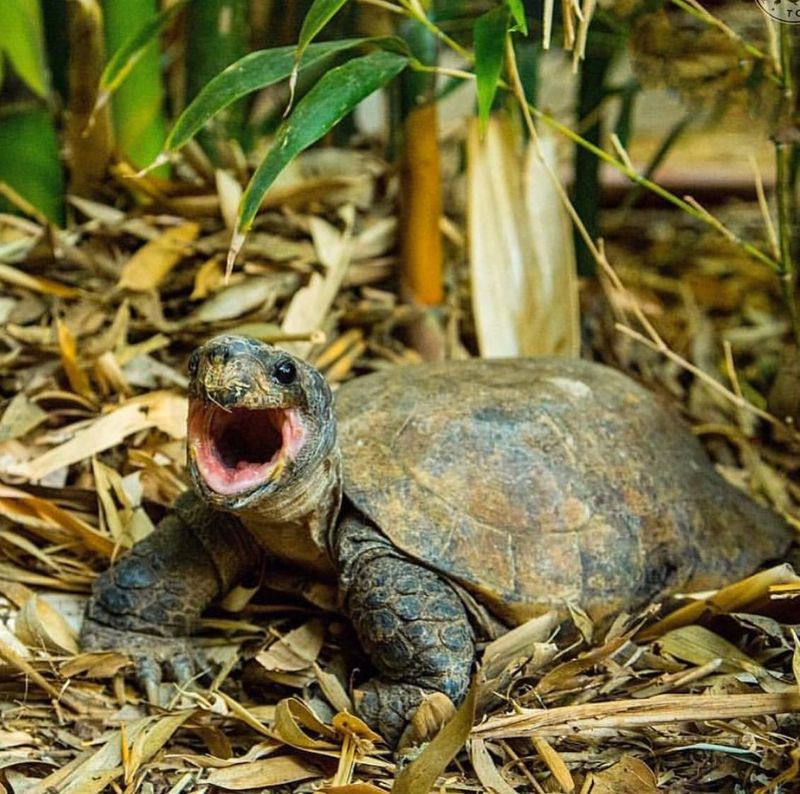
The Arakan Forest Turtle, rediscovered in Myanmar in the 1990s after being thought extinct, is a secretive species that thrives in dense forests.
Its brown, camouflaged shell allows it to blend seamlessly into the forest floor, evading predators. Feeding mostly on plants and small invertebrates, it faces threats from habitat loss and illegal pet trade.
This turtle’s rediscovery highlights the need to protect biodiversity and safeguard lesser-known species from extinction.
12. Cantor’s Giant Softshell Turtle
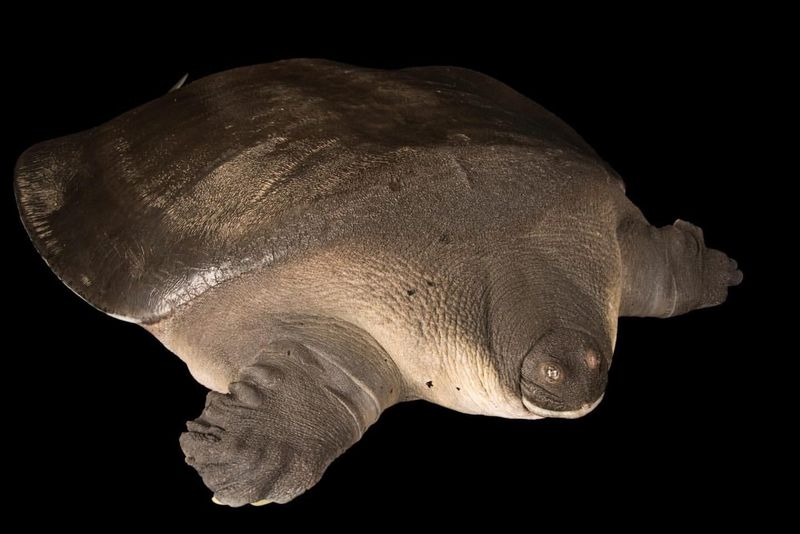
Cantor’s Giant Softshell Turtle, one of the largest freshwater turtles, is found in Southeast Asian rivers.
Weighing over 100 pounds, it has a distinctive soft shell and is often buried in sand with only its eyes and nose visible.
This turtle primarily feeds on fish and invertebrates, but habitat loss and hunting for its meat have pushed it toward extinction.
While rare in the wild, ongoing research is helping to understand and protect this unique species.
13. Galapagos Tortoise
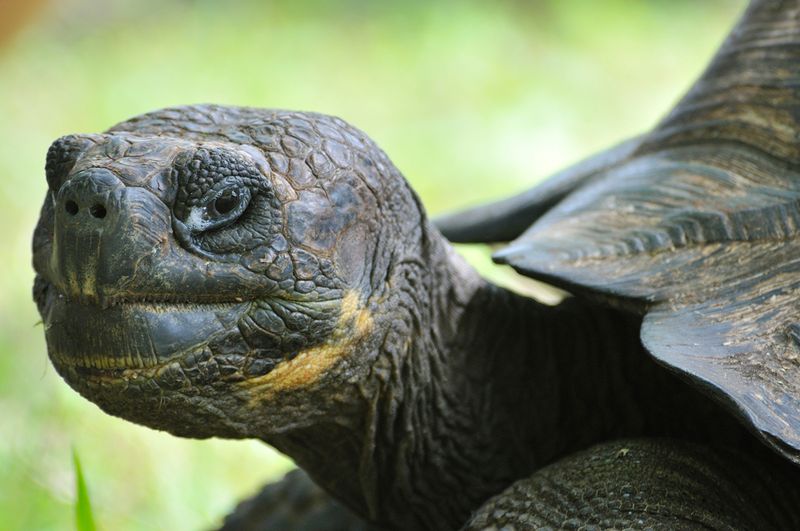
The Galapagos Tortoise, an icon of evolutionary study, roams its native islands with a slow, deliberate grace. These gentle giants can live for over a century, embodying the timeless beauty of nature.
Their shells, like living vaults, protect them from the harsh elements of their environment. Despite their size and weight, they move with surprising agility.
Conservationists work tirelessly to preserve their habitats, as human interference and introduced species threaten their existence.
14. Tuataras
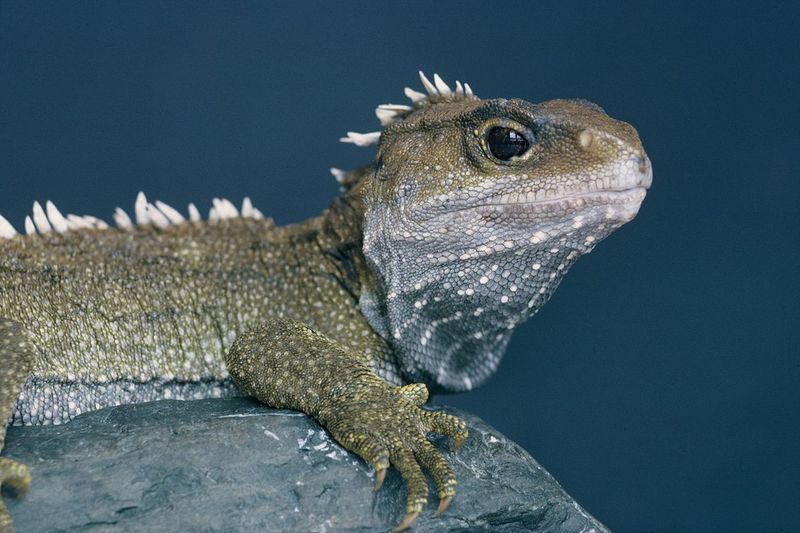
The Tuatara, a living fossil from New Zealand, has remained unchanged for over 200 million years! Not a lizard, but the last survivor of its ancient order, it boasts a unique third eye on its forehead.
This nocturnal reptile loves to hang out in burrows, with a spiky crest that makes it stand out. Sadly, its population has shrunk due to habitat loss and predators like rats, making it rare to find.

